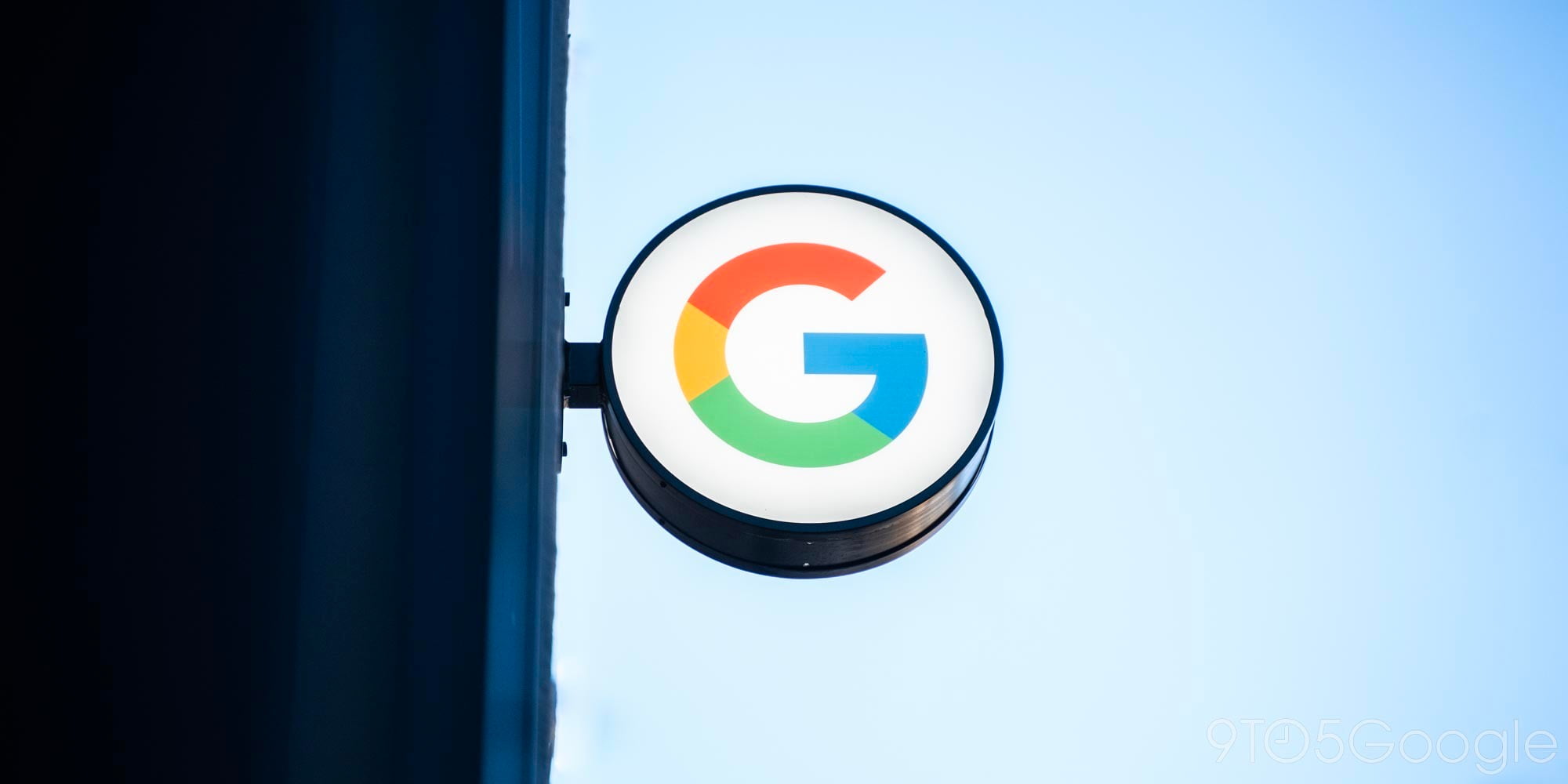
In January, Google previewed an “almost real-time translator” for long-form speech. Google Translate’s new Transcribe mode is now beginning to roll out on Android.
One common use for Google Translate today is holding up your phone and having another person speak into it. You can hear or read the translation, and conduct a back-and-forth conversation that way.
This new mode is more static and geared towards long-form audio — which the service was not suited for previously — like lectures, speeches, and other programs. Google Translate records and immediately transcribes the output in real-time so you can read along in your preferred language.
“Transcribe” appears next to the “Camera” and “Conversation” modes, with “Handwriting” and “Voice” input moved above to the text field. This launches a simple interface with dropdown up top to select the source and target languages.
A large microphone at the bottom lets you pause/restart transcriptions, with the output coming in above. Other customizations — accessible through the setting gear icon — include text size, theme, and ability to “show original text.”
Transcribe will be rolling out in the next few days with support for any combination of the following eight languages: English, French, German, Hindi, Portuguese, Russian, Spanish and Thai.
Google Translate Transcribe works best in a quiet environment where one person — either recorded or live — is speaking at a time. Google warns how “in other situations, the app will still do its best to provide the gist of what’s being said” and recommends using Conversation mode.
Moving forward, the Translate team hopes to improve how Transcribe works in different environments. It’s only available on Android at launch — and will be fully rolled out over the new few days, but there are plans for iOS support in the future.
FTC: We use income earning auto affiliate links. More.





Comments